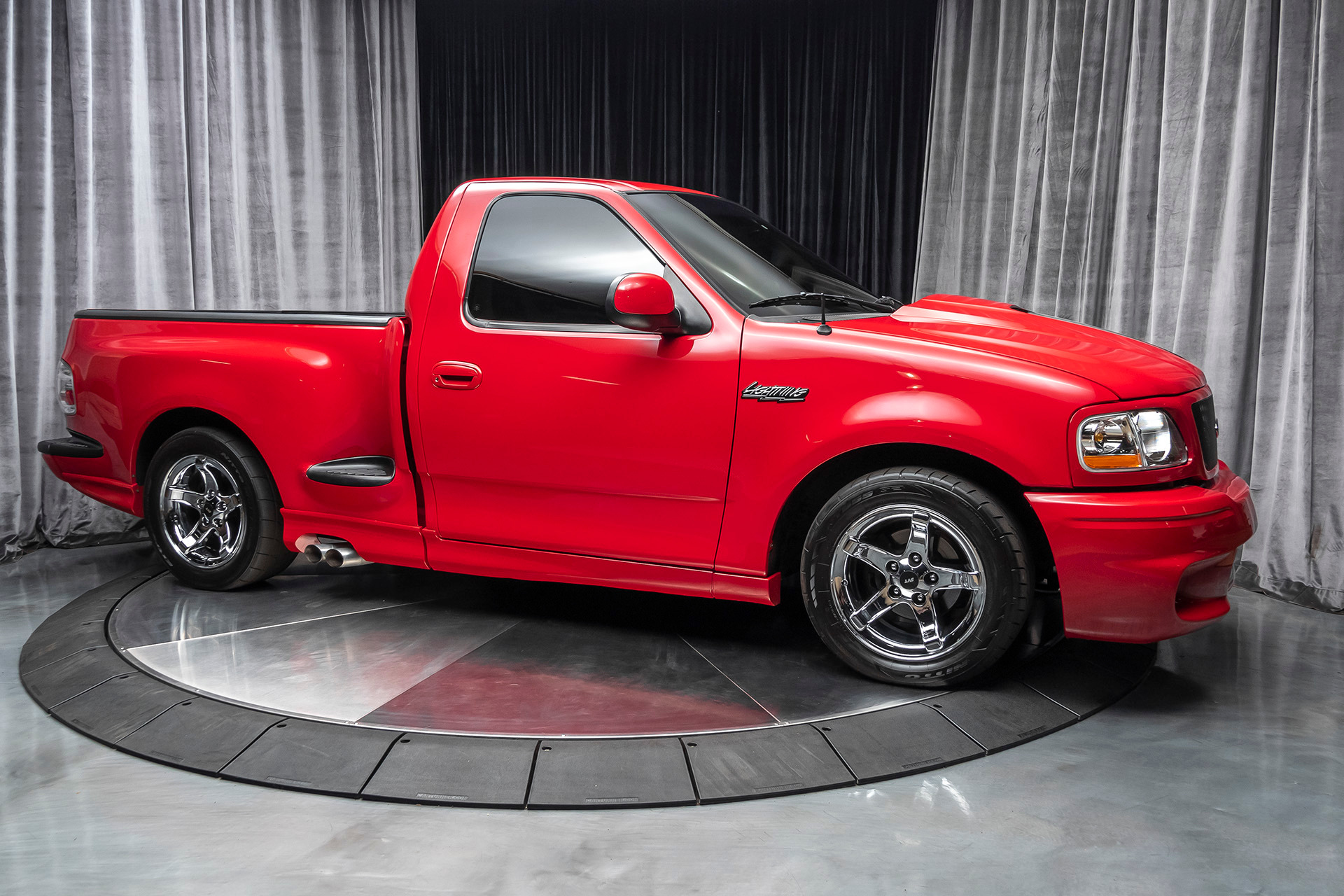
FORD F150 LIGHTNING PRICE PRO
Pro and XLT models have a band of climate dials and audio buttons that were refreshingly familiar. The horizontal display integrates with the dashboard better than the Platinum’s vertically oriented 15.5-inch touchscreen that houses all controls. I preferred the Pro grade and its 12.0-inch touchscreen. Aside from the requisite electric battery gauges, it looked and felt like an F-150, down to the collapsible gear shifter in the console and the work tray in Platinum grades.

The inside feels more familiar than the outside. It plowed through mud pits, negotiated ruts, and handled all the common off-road obstacles expected from an F-150. On a couple of ascents, one scattered with loose rock, the Lightning’s 4WD system and electronic locking rear-differential corrected tire slip and helped the truck climb effortlessly uphill. Available front and rear camera views, as well as a bed camera while towing, add sight beyond the Lightning’s boxy corners. Normal, Sport, Off-Road, and Tow/Haul modes adjust torque delivery, and the frame as well as steel skid plates protect the packs and their waterproof casing, which allows for nearly 24 inches of water fording capability. Its strong but silent type carried over to the off-road course. With the big pack nestled within the frame for a low center of gravity, the independent suspension soaked up the road and kept the unladen bed planted, both at highway speeds and around the many construction projects on Texas state roads. Brakes and motors are obviously new, but the independent rear suspension with coil-over springs and trailing arms had as much of an impact on the ride as the motors. The frame is wider than non-electric F-150s, with thicker high-strength steel crossmembers that gird and protect the battery packs. The 18- to 22-inch wheel designs are unique to the Lightning, as are the front and rear lightbars bookended by LED lights in the shape of a robotic seven.īut Ford didn’t just drop a familiar body on the same platform. It sports the F-150’s front window kink, a standard voluminous crew cab, and a 5-foot-6 inch bed with tie downs, bed lighting, a retractable step and handle, as well as a work surface with a bottle opener. Part of that comes from its aluminum upper body that’s virtually the same as gas and hybrid F-150s from the windshield back. That’s lighter than the smaller Rivian R1T, and a featherweight compared to the 9,000+ lb GMC Hummer EV heavyweight. It’s inconceivably quick, shooting from 0-60 mph in an estimated mid-four second range despite its boxy F-150 proportions and an estimated 6,590-lb curb weight. Regardless of pack, torque remains a whopping 775 lb-ft, more than any other F-150. The latest motor calibrations boosted power from 563 to 580 hp with the big pack, and from 426 to 452 hp with the standard pack.

That payload is more than all but the base Silverado 1500 Work Truck and Ram Tradesman with rear-wheel drive. Last week, in advance of the media first drives, Ford announced the standard-range max payload increased 235 lb to 2,235 lb due to weight reductions throughout the development phases of the truck. The Platinum only comes with the big battery (300-mile range) and the biggest price at $90,874.įor the price, the Lightning Pro is the best F-150 available. The $77,474 Lariat represents a $10,000 price jump for the bigger battery. That’s $19,500 more than the standard range XLT. To power up with the 131-kwh extended-range battery pack and get 320 miles, it will cost at least $72,474 for the Lightning XLT. But non-fleet customers can only get the 98-kwh standard-range battery pack with a range of 230 miles. It starts reasonably enough, with the Lightning Pro costing $41,660, including a $1,695 destination fee.


 0 kommentar(er)
0 kommentar(er)
